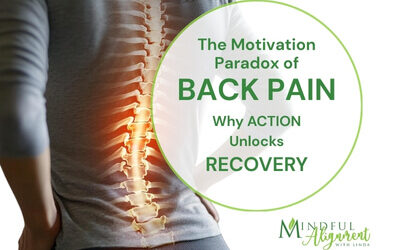Heart Health: Heart Disease Prevention
Heart disease is the leading cause of death for women, and men, effecting people of many racial and ethnic groups in the United States. One person dies every 37 seconds from cardiovascular disease. According to the Center for Disease Control, that equates to ‘1 in every 4’ people.
So, a healthy cardiovascular system is essential. How do you do that?
“John Hopkins Medicine’ suggests that we each need to know these “five numbers”:
- Track the number of steps you take per day. (Suggestion: Visit your mobile phone’s App Store and download a free “steps tracker” to let your phone do the counting!) Start walking 10,000 steps per day or approximately 5 miles per day. (Alternately, if you cannot track your steps, move about 150 minutes per day or 30 minutes per day for 5 days.)
- Know your blood pressure numbers. For some people, high blood pressure, also known as hypertension, has no symptoms*. Numbers higher than 120/80 put you at risk for heart disease leading to a possible heart attack or stroke.
- Ask your medical provider to test your cholesterol, especially your non-HDL cholesterol levels. Abnormal numbers could lead to clogged arteries putting you at greater risk for heart disease.
- Type 1 or 2 diabetes involves some of the most harmful risk factors for cardiovascular disease. High blood sugar can damage arteries. Just like high blood pressure, some people with diabetes have no symptoms*. So, know your blood sugar level.
- Get enough sleep. Most people need between six to eight hours of sleep each night. Everyone’s need for sleep is different. Know how much sleep you need. If necessary, go to bed a little earlier. Keep your bedroom dark and remove the distractions in the bedroom, especially technology.
If you are doing all of the above, then does that mean you need a cardio workout?
That depends on your lifestyle and how much you move.
How movement can help
If you move 30 minutes per day and sit for the rest of the time, you are undoing most of the benefits of the movement. Current research suggests that in addition to moving 30 minutes per day, getting up from your chair every 30-40 minutes throughout the day can significantly reduce disease.
An even better suggestion is to add more movement with a variety of intensity by including light, medium, and intense movement activities in your daily and weekly routine(s). Folding laundry, raking leaves, walking to the grocery store, and back are some ways you can add more movement with varying intensity to your life. When cooking, skip the machines and instead: chop, grate, and mix the food manually.
The more movement with some varying intensity that you add in your life, the less time you need to spend on cardio workouts like running or spinning.
__________
*However, “no symptoms” doesn’t mean your disease will not need to be treated. Do be sure to seek and be receiving treatment from a medical care provider that specializes in your disease profile.
For a custom movement and stretching routine that helps you get on the path to better heart health, schedule a private consultation.
Related Articles:
Beyond Calcium: The Power of Yoga for Bone Health
Discover how yoga supports bone health and osteoporosis prevention. Learn science-backed poses that strengthen your skeleton and reduce fracture risk.
The Motivation Paradox: Action is the Catalyst for Healing Back Pain
Discover the Motivation Paradox of Back Pain—why waiting for motivation keeps you stuck and how action is the true catalyst for healing. Learn science-backed strategies to break the pain cycle and reclaim mobility.
Transform Back Pain Anxiety: From Uncertainty to Empowerment
Discover how to navigate pain anxiety with empowerment. Embrace uncertainty and reclaim your healing journey through mindfulness and resilience.
Transforming Your Relationship with Back Pain: A Mindset Revolution
Back pain is more than a physical challenge—it's a profound psychological journey. The real battle isn't just in your muscles and joints, but in your mind. Your thoughts can either be a prison or a pathway to healing. Reframing Your Inner Narrative When chronic pain...




